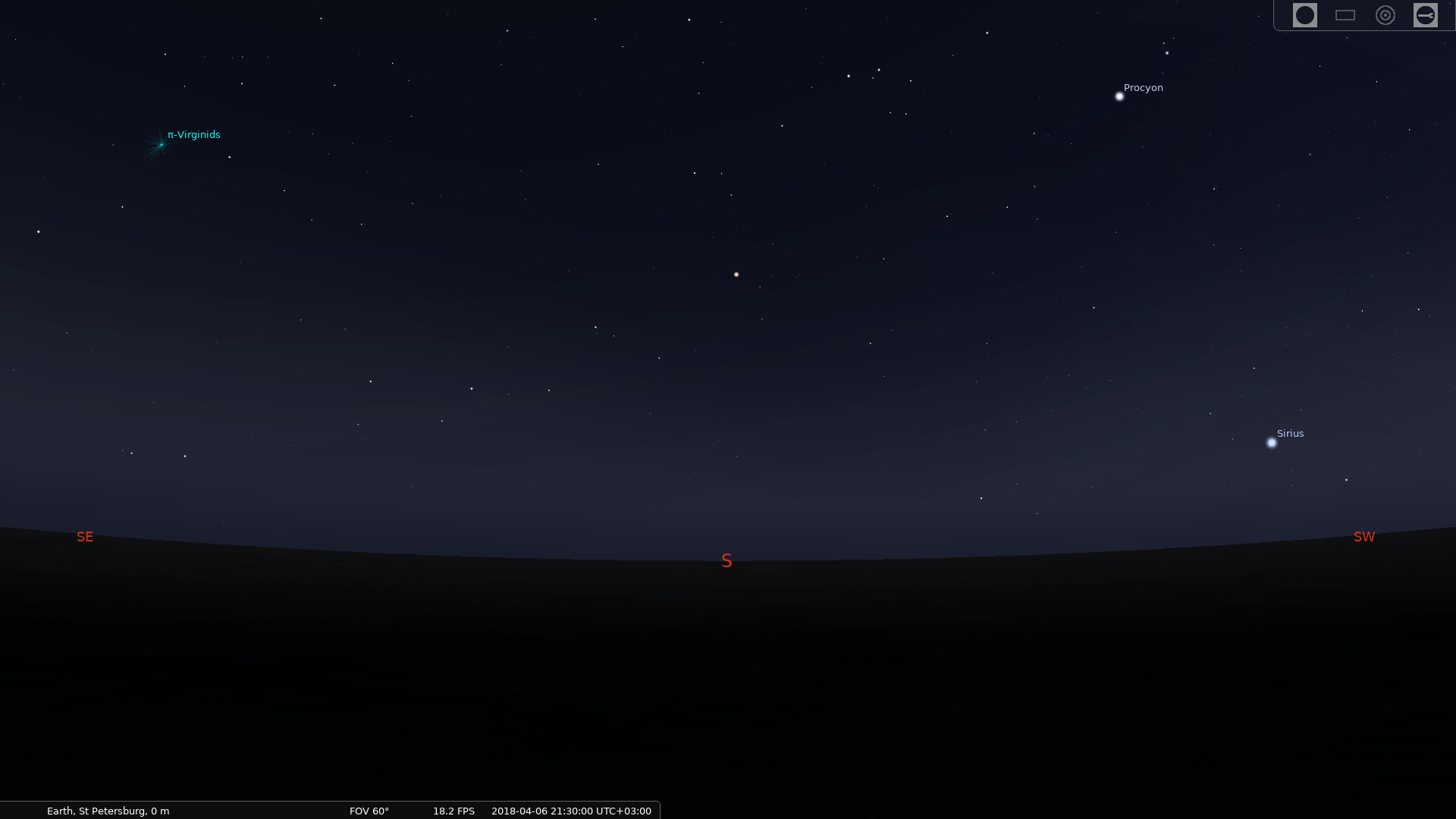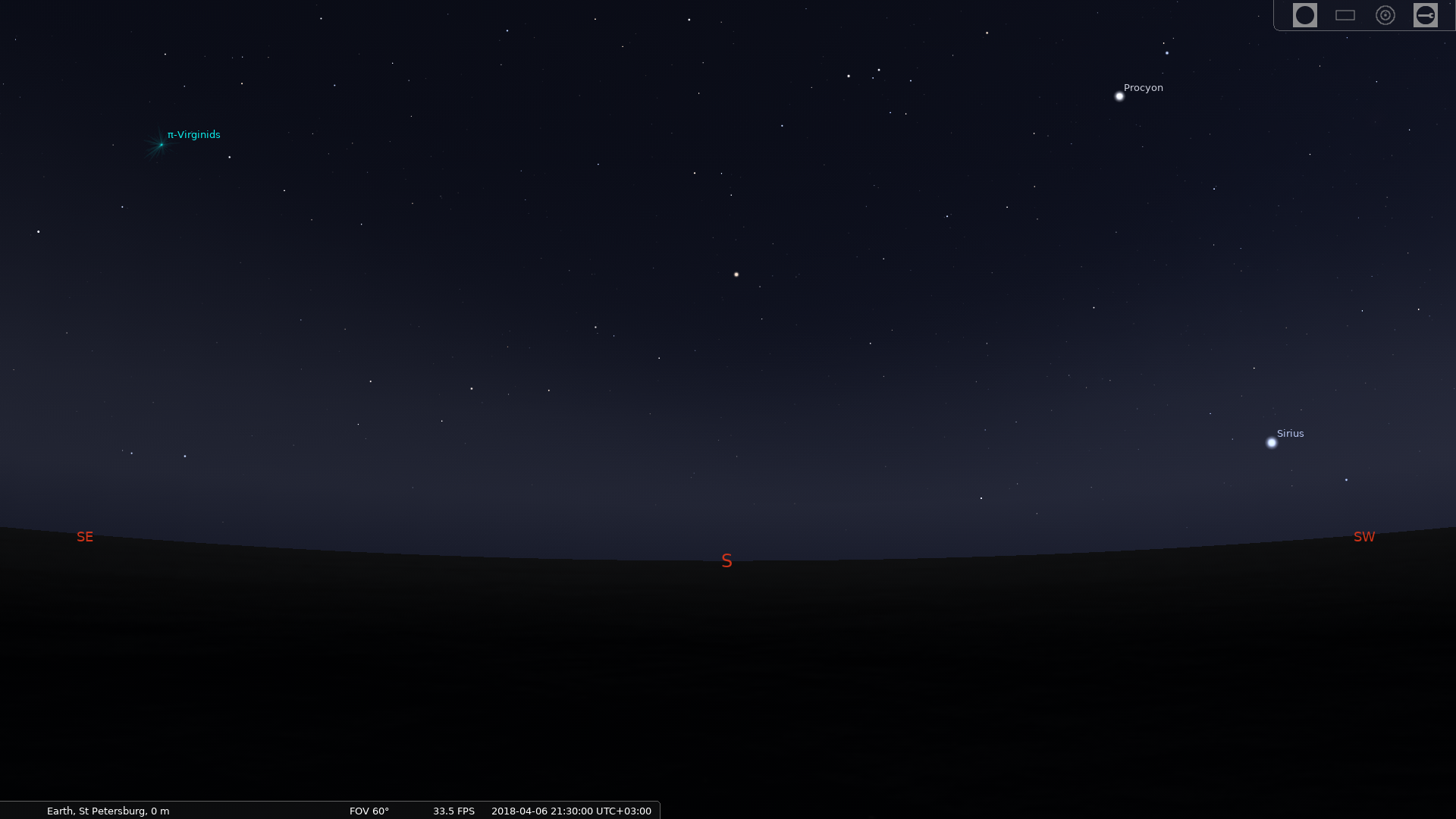This looks excellent, thank you!
However, I see a #version 120 in the GLSL code. The code must be compatible to GLSL ES 1.0, or there must be a way to run dithered on "true" OpenGL and (if not possible) the old undithered version for OpenGL ES2 (e.g. ANGLE on Windows, or the small ARM SBCs systems which would even profit more when running 16bit colors.
Another element where dithering would really help would be the Zodiacal light.
Unfortunately even some ANGLE version that came with later Qt editions (5.9) is worse than earlier (5.6). See https://bugs.launchpad.net/stellarium/+bug/1731788. If you are familiar with GLSL, maybe you can find what's wrong in our shaders (if it's not really an ANGLE bug?)?














See the following screenshot in 1:1 scale to understand the problem:
This banding can be smoothed by application of dithering. I've done a quick-and-dirty implementation of it just to see which places would need it, and below is a proof-of-concept patch I've come up with. I'm sure it can be improved, including a switch to toggle it on/off as well as enable/disable 6 BPP monitor support (which is currently an
#ifdef). Also it might be better to simply do all the rendering to a higher-precision FBO texture (e.g. withGL_RGBA32Fformat) and then simply dither this render target when blitting to screen. But at least this patch makes the image much nicer (see the screenshot after the diff).Screenshot of the same scene with the above patch: